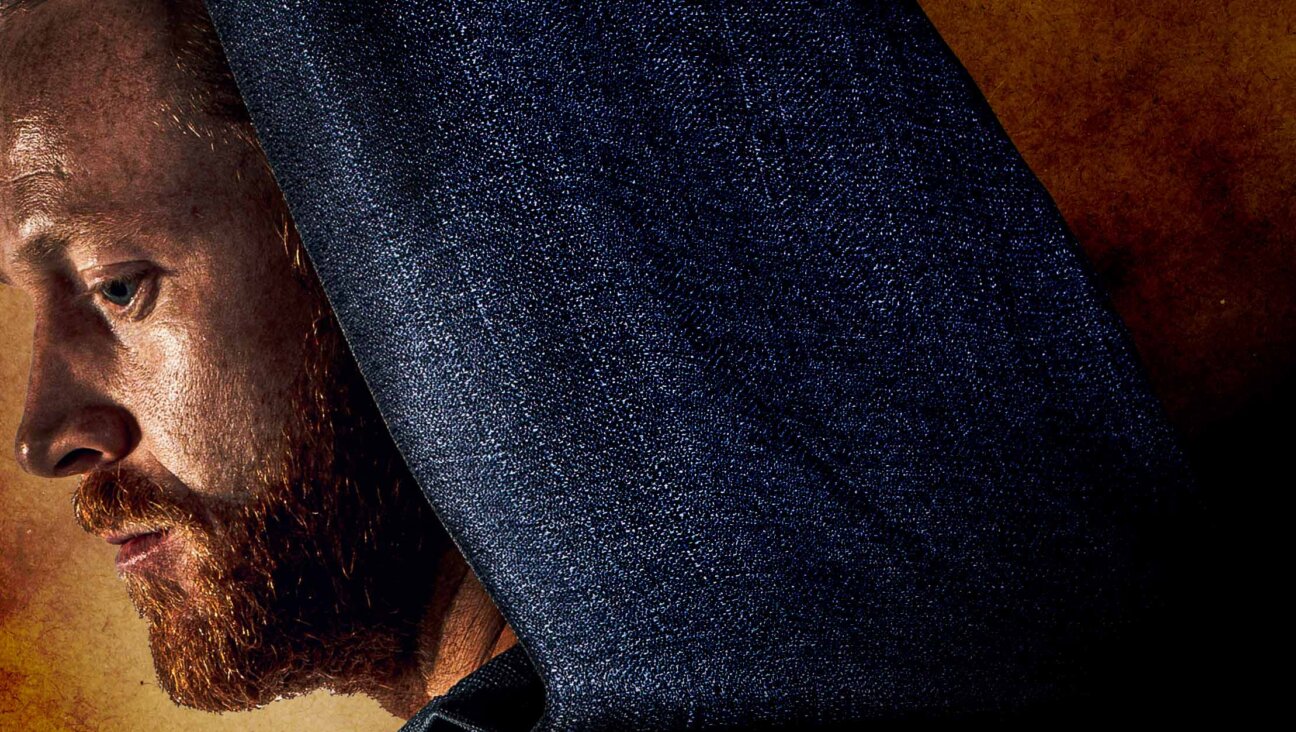Here’s How To Eat Homemade Challah And Still Lose Weight

Want to eat homemade challah and still lose weight? Add fiber. Image by iStock
Most of us are still recovering from Passover and its days of potatoes, matzo and endless multi-course meals. Many made resolutions to cleanse, diet and lose those pounds before Shavuot comes, and with it cheesecake and pastas galore.
Tanya Zuckerbrot MS, RD, a NYC-based Registered Dietitian, bestselling author of The F-Factor Diet and creator of F-Factor, introduced me to a recipe you’re going to love: a healthier, diet-approved challah.
Zuckerbrot’s plan involves a long-term food program that is adaptable to eating out, not exercising much and even drinking a glass of wine once in awhile. The key is in measuring fiber and protein intake daily and eating lots of healthful, full-fiber foods.
Many of Zuckerbrot’s clients keep kosher, and want to make challahs for Shabbat while staying on track with their healthy lifestyle.
“Over the years I’ve had so many clients request a high-fiber challah recipe,” Zuckerbrot says. “Like myself, they grew up on challah, and I knew it was important for them to have a recipe that honored their Jewish heritage — and their diet,” she continues.
Here’s her awesome recipe for a whole weat loaf:
Ingredients:
serves 16
1 packet instant yeast (2¼ tsp or 7g)
¾ cup warm water (~110 F°)
1 tsp stevia, or other nonnutritive sweetener
2 large eggs (plus 1 for glazing)
¼ cup Sukrin Fiber Syrup Gold
1 tsp vanilla extract
1 tsp cinnamon
¼ cup canola oil
1 cup whole wheat flour, sifted
1½ cups bread flour, sifted
½ cup wheat bran
1½ tsp salt
Directions:
-
Preheat oven to 150 F° and prepare a large mixing bowl by coating lightly with nonstick cooking spray. Set aside. Prepare 1-2 cookie sheets by lining with parchment paper and set aside as well.
-
In a medium mixing bowl, prepare the yeast by combining with warm water and stevia. Let mixture sit for about 10 minutes, until it becomes foamy. If mixture doesn’t foam, start over, with either warmer or colder water.
-
Stir in the 2 eggs, Sukrin, vanilla, cinnamon, and oil to the foamy mixture in the bowl. Mix well.
-
Once combined, make sure flours are well sifted (especially the whole wheat one which is denser) and add the flours and wheat bran, half a cup at a time, alternating whole wheat, wheat bran and bread flour. After the flours, add the salt, mixing to combine. Knead in between until your dough is smooth and stretchy and not too sticky, or about 10 minutes.
-
Turn oven off. Transfer dough to the prepared greased larger bowl and place in a warm place (i.e. your now cooling oven) to rise. Allow dough to sit for ~1.5 hours. Dough should triple in size.
-
Prepare a surface by dusting with flour. After dough has risen, punch down and roll on the floured surface into six strands. If dough keeps bouncing back as you roll, leave it to rest for a few minutes so the gluten relaxes.
-
Braid into two 3-strand challahs (or one large 6-strand challah). Place each challah on a separate prepared cookie sheet and leave it to sit to rise again for an hour. Challah should double in size. Preheat oven to 350 F°.
-
Wash with remaining egg and bake in preheated oven for 35 minutes, or until challah is golden brown, and hollow when gently bang bottom.
NUTRITIONAL CONTENT PER SERVING (serves 16, 8 pieces per loaf): 125 calories, 4g protein, 20g carb, 6g fiber (14g net carb), 5g fat, .5g sat fat, 228mg sodium
“A sustainable diet is one where you can incorporate it into your lifestyle,” says Samantha Hass, RD, an Orthodox Jewish F-Factor dietitian. “I help my kosher clients incorporate the F-Factor principles into their religious beliefs. Challah, one of our holiest pastimes, is too significant to give up completely and I would never tell my client to do so. But, where in the Torah does it say that the challah they were eating in the temple tasted like sweet cake? I am positive the Jewish people were baking a whole grain, high fiber challah.”

A message from our CEO & publisher Rachel Fishman Feddersen

I hope you appreciated this article. Before you go, I’d like to ask you to please support the Forward’s award-winning, nonprofit journalism during this critical time.
At a time when other newsrooms are closing or cutting back, the Forward has removed its paywall and invested additional resources to report on the ground from Israel and around the U.S. on the impact of the war, rising antisemitism and polarized discourse.
Readers like you make it all possible. Support our work by becoming a Forward Member and connect with our journalism and your community.
— Rachel Fishman Feddersen, Publisher and CEO
























